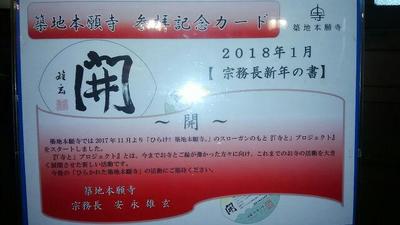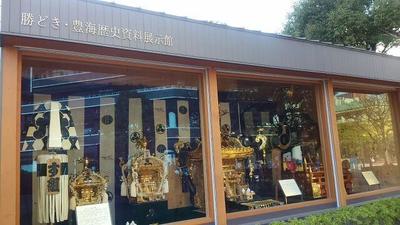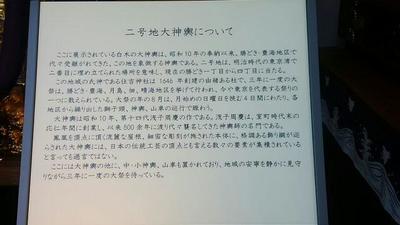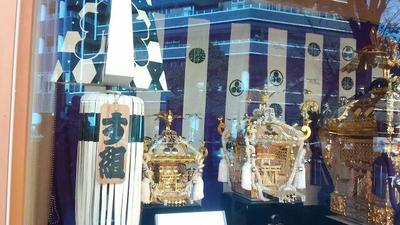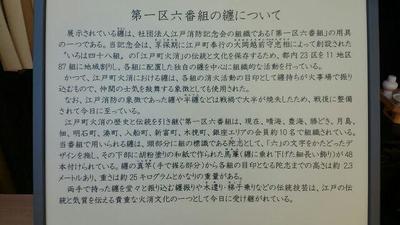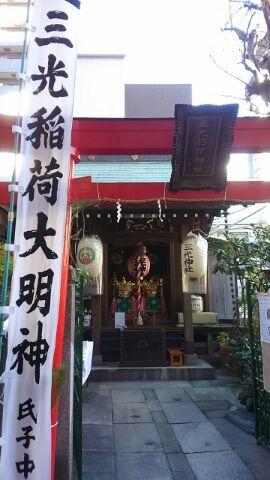Friday, January fifth. I went to Tsukiji Market, New Year's annual first market.
At the end of last year, Tsukiji Market was officially decided when to move to Toyosu with a busy feeling. It will be relocated in October this year, so if you go on schedule, today is Tsukiji's last first market.
A very cold morning. As soon as the beginning of the year, I feel a little lonely, saying, "Is this year relocating to Toyosu?" When you come in front of the torii gate of Namiwa Inari Shrine, there is a crowd of press members on the shrine grounds.
What a giant tuna after the auction was displayed with the "first flag" and was shown.
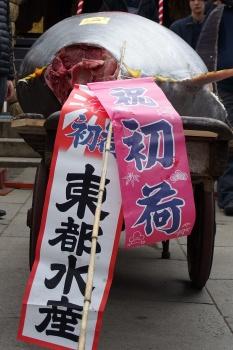
One of the most talked about in Tsukiji's first market is the first tuna auction. This year, it was news several days before the first auction that a very large bluefin tuna was landed at Oma Port in Aomori Prefecture. It's the second largest in history for Tsugaru Strait Oma.
It weighs 405 kilograms. Even if you add the weight of Yokozuna Hakuhoseki and Kakuryu Seki, it weighs less than 100 kg. It was auctioned off at a price of 36.45 million yen, making it the highest tuna of the first auction this year.

I hope you will be able to meet such a happy thing early on New Year's Day. I have a good feeling this year, unlike usual.
After the media coverage and coverage were over, the show was over, and Tsukiji's last first auction tuna was sent out as "first load" from the precincts of Namishi Inari Shrine.
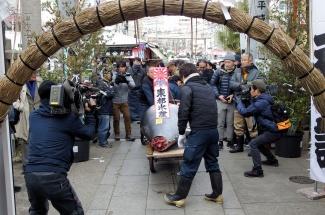
The word "first load" is often used when goods are shipped for the first time in the New Year.
The first shipment is a ceremony to celebrate the auspiciousness, which is said to have started in the Edo era. Was.
It is said that around Nihonbashi and Kyobashi, where there were many merchants, it was a natural New Year scenery.
The scenery of the first shipment of New Year's Day is no longer visible, but in Tsukiji Market, the ritual customs of this first shipment remain in the form of the "first shipment flag".
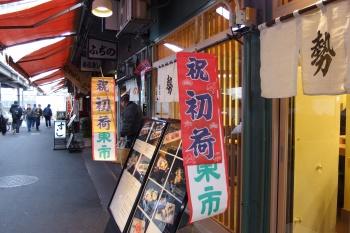
The flag of the word "Holiday First Bag" and the flag with the company name are tied to thin bamboo and displayed in various places. I also saw him running on the tarre, fluttering in the wind.
This New Year's first flag is celebrating the first shipment and wishing for business prosperity. This year, we also hope that the market will be successful.
I came to the fish riverbank water shrine in Tsukiji Market. Let's finally go to Toyosu this year.
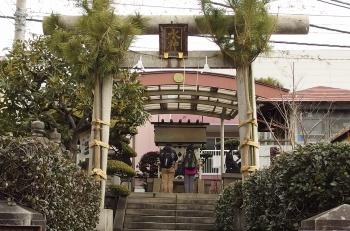
Tsukiji Market opened in 1935. Since then, the scenery of the beginning of the year, which has a history of more than 80 years, is expected to be the last year. If you think so and recall the scenery that you could see today, there is something very impressive.
This year, the Tsukiji Lion Festival at Namishi Inari Shrine is the main festival. It's going to be a busy year for Tsukiji.
At the same time, it is likely to be a year of attention, which will be the first step toward the new Tsukiji.
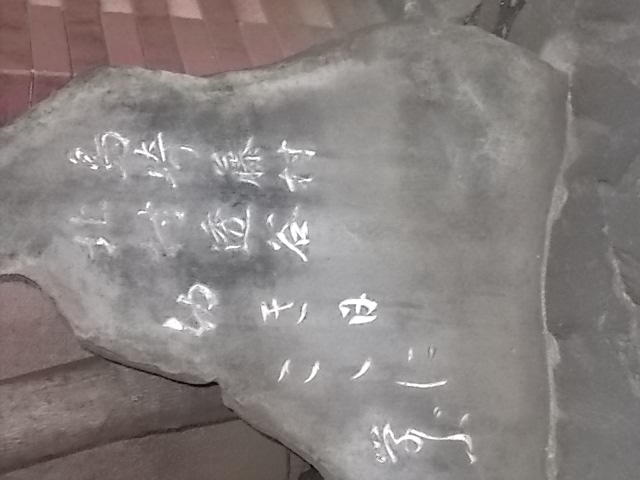
![]() I'm a graduate of Yasuaki Elementary School.
I'm a graduate of Yasuaki Elementary School.![]()
